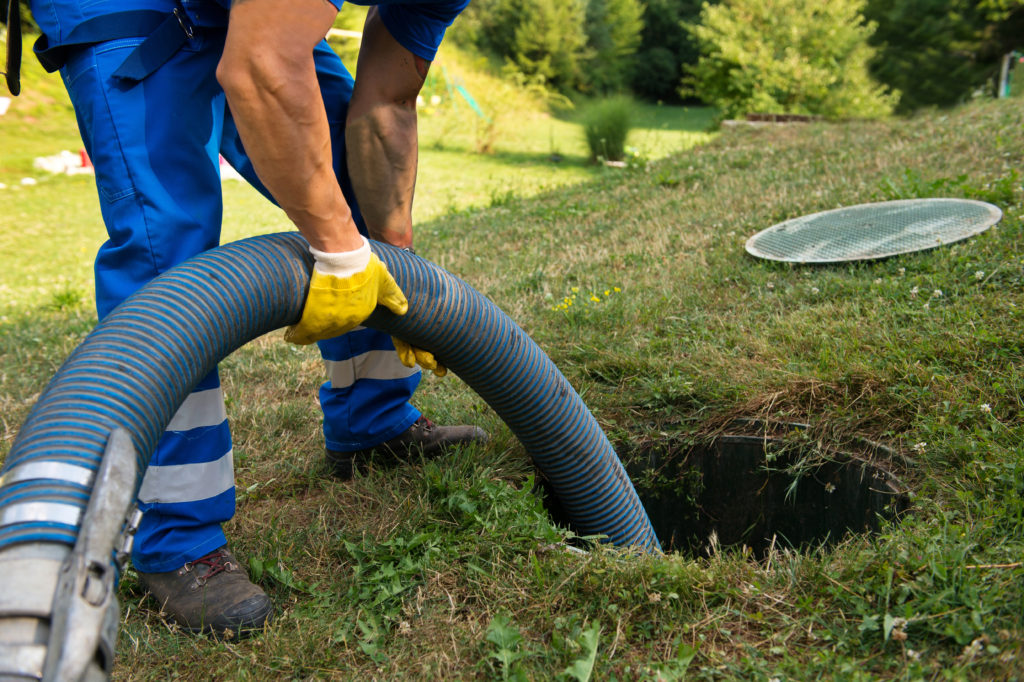Anne Arundel Asks Septic Users to Switch for the Sake of Clean Water

By Krista Pfunder
Seeking to limit pollution and improve water quality, Anne Arundel County is encouraging communities near the Bay to convert private septic systems to the public sewer. A new Anne Arundel Clean Water program—dubbed Our wAAter—was just launched to protect local waterways and the Bay.
More than 40,000 properties in the county use on-site septic systems, which can significantly pollute water. In some neighborhoods located close to waterways, septic systems can release up to eight times more pollutants into the Bay than the county’s water reclamation facilities, officials say.
The program has five initiatives: wastewater treatment enhancements, septic-to-sewer connections, groundwater resiliency, stormwater improvements and small system upgrades.
“In densely located subdivisions near the water, even well-maintained septic systems can release harmful pollutants into the Bay,” says Chris Phipps, director of the county’s Department of Public Works. “The Septic-to-Sewer Connection Program will improve water quality and public health by converting up to 6,000 private septic systems to public sewer connections over the next 30 years, or approximately 200 per year.”
And it’s not just about the Bay. Contaminants from wastewater may even reach drinking water if septic systems are not operating properly or are located too close to private drinking water wells.
“It is a community decision to connect to public sewer,” says Matt Diehl, public information officer with the Department of Public Works. “Communities can request a pre-application meeting to learn more and determine if they want to submit an application.”
The Department of Public Works then reviews, scores and ranks the applications and identifies communities to award subsidies based on specific evaluation criteria. A conceptual approach will be developed and costs presented to these communities.
“It would then be up to the community to submit a formal petition for sewer service to the Department of Public Works,” Diehl says. “Once a petition is received, the Department of Public Works will proceed with preliminary engineering and develop firm costs to each individual homeowner, accounting for county subsidies and state funding. A majority of homeowners then need to vote in favor to proceed to final engineering design and construction. Costs can vary, depending on several factors, including density of homes and location relative to the existing sewer system.”
The program is designed to reduce homeowner costs through county subsidies, deferrals, and assistance with state funding. Each project is estimated to take three to four years from the time of application to completion of construction.
To determine if your community is eligible for the Our wAAter program, visit ourwaater.com and enter your address in the search bar.
